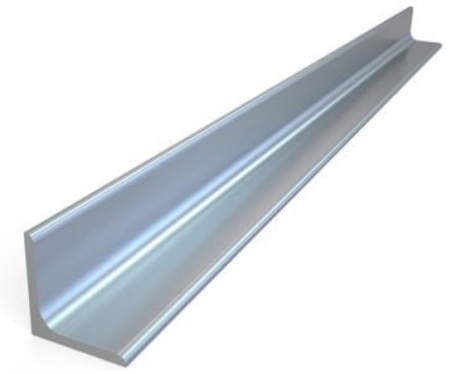The essence of high-temperature temper brittleness of seamless pipes is generally considered to be the result of the segregation of impurity elements such as phosphorus, tin, and antimony at the prior austenite grain boundaries, resulting in the embrittlement of the grain boundaries. However, alloying elements such as manganese, nickel, and chromium co-segregate with the above impurity elements at the grain boundary, which promotes the enrichment of impurity elements and aggravates embrittlement. On the contrary, molybdenum has a strong interaction with impurity elements such as phosphorus, which can cause precipitation in the crystal and hinder the grain boundary segregation of phosphorus. Titanium more effectively promotes the precipitation of impurity elements such as phosphorus in the crystal, thereby weakening the grain boundary segregation of impurity elements and slowing down the brittleness of high temperature tempering.
Measures to reduce the brittleness of seamless pipes at high temperature tempering:

1) After high temperature tempering, use oil cooling or water rapid cooling to inhibit the segregation of impurity elements at the grain boundary;
2) When the molybdenum-containing seamless pipe is used, when the molybdenum content in the steel increases to 0.7%, the high-temperature tempering embrittlement tendency of the seamless pipe decreases, and beyond this limit, a special carbide rich in molybdenum is formed in the seamless pipe, and the matrix When the molybdenum content decreases, the embrittlement tendency of the seamless pipe increases;
3) Reduce the content of impurity elements in seamless pipes;
4) For parts that have been working in the high temperature tempering embrittlement zone for a long time, it is difficult to prevent embrittlement by adding molybdenum alone. Only by reducing the content of impurity elements in the seamless pipe and improving the purity of the seamless pipe, supplemented by aluminum and rare earth elements. Composite alloying can effectively prevent high temperature tempering brittleness.
Seamless pipe refers to a steel pipe that is perforated from a whole round steel and has no welds on the surface. According to different production methods, it is divided into hot-rolled pipe, cold-rolled pipe, cold-drawn pipe, extruded pipe, pipe jacking, etc., all of which have their own process regulations. Among them, due to the small width-to-thickness ratio of the steel plate, the precision requirements of the hot-rolled seamless pipe sizes are relatively low, and the plate shape problem is not easy to occur, and the control of the crown is mainly used. For those with organizational requirements, it is generally realized by controlled rolling and controlled cooling, that is, controlling the opening temperature and finishing temperature of finishing rolling.









